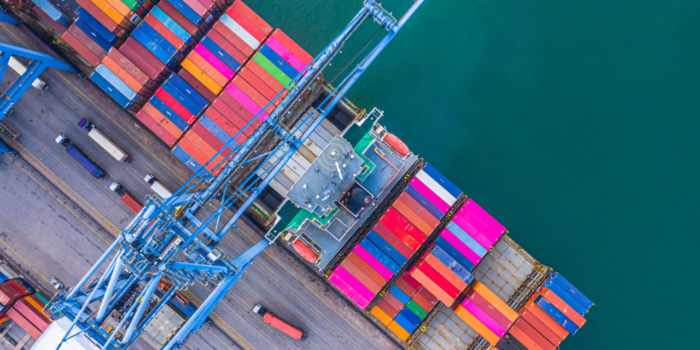The collapse of on-deck container stacks is a continuous threat to the crew and ship safety and the environment, as well; Thus, Gard refers to the causes that may result to collapse.
Accordingly, the shipping industry and the insurers have experienced through years substantial financial losses during the last years as the number of container stack collapse cases resulting in loss of containers at sea is increasing both in terms of frequency and severity.
Therefore, Gard’s Are Solum, Senior Claims Executive, outlines the causes that may lead to containers collapsing or being lost at sea:
- Heavy weather
Voyage planning and weather routing are a major part of the shipping procedure. Containers, the securing mechanisms and container stacks are exposed to great forces when container ships move in heavy weather. Parametric- and synchronous roll resonance phenomena have caused several serious accidents to container ships during the last years.
- Size
Bigger vessels sail differently in the sea compared with smaller vessels. The containers on board the largest container vessels are stowed up to 40 meters above the waterline and 60 meters wide across the deck. When ships and container stacks of these dimensions start rolling, you do not have to be a physicist to understand that container stacks will be subject to great forces when the vessel starts to move with the motions of the sea.
- Ship stowage
Ship stowage plays an important factor because weight distribution on-board also influences the vessel’s motions at sea. Specifically, cargo stowage inside containers causes problems as a container stack is only as strong as its weakest container. If cargo inside one container starts to shift, it may have a domino effect on the stack.
Solum notes
One of the challenges is that container carriers largely depend on shippers, freight forwarders or their sub-contractors to pack and secure cargoes adequately. Errors are inevitable.
He adds that the container is designed to fit the purpose of containing cargo, but if exposed to excessive weight pressure from excessive loads, containers may suffer structural failure; Yet, container shells are exposed to wear and tear, rough handling and operations which may weaken their structure. If one container fails, the rest of the stow above and around will follow.
- Weight of cargo
The weight of cargo is declared be the shippers. Mis-declaration of weight is an industry problem and may cause considerable difficulty for cargo stowage planners as they rely on cargo details as declared by the shippers. If numbers are inaccurate, or even deliberately mis-declared, the integrity of container stacks may be jeopardized.
Container lashing is a major challenge, as Gard has already stated.































































